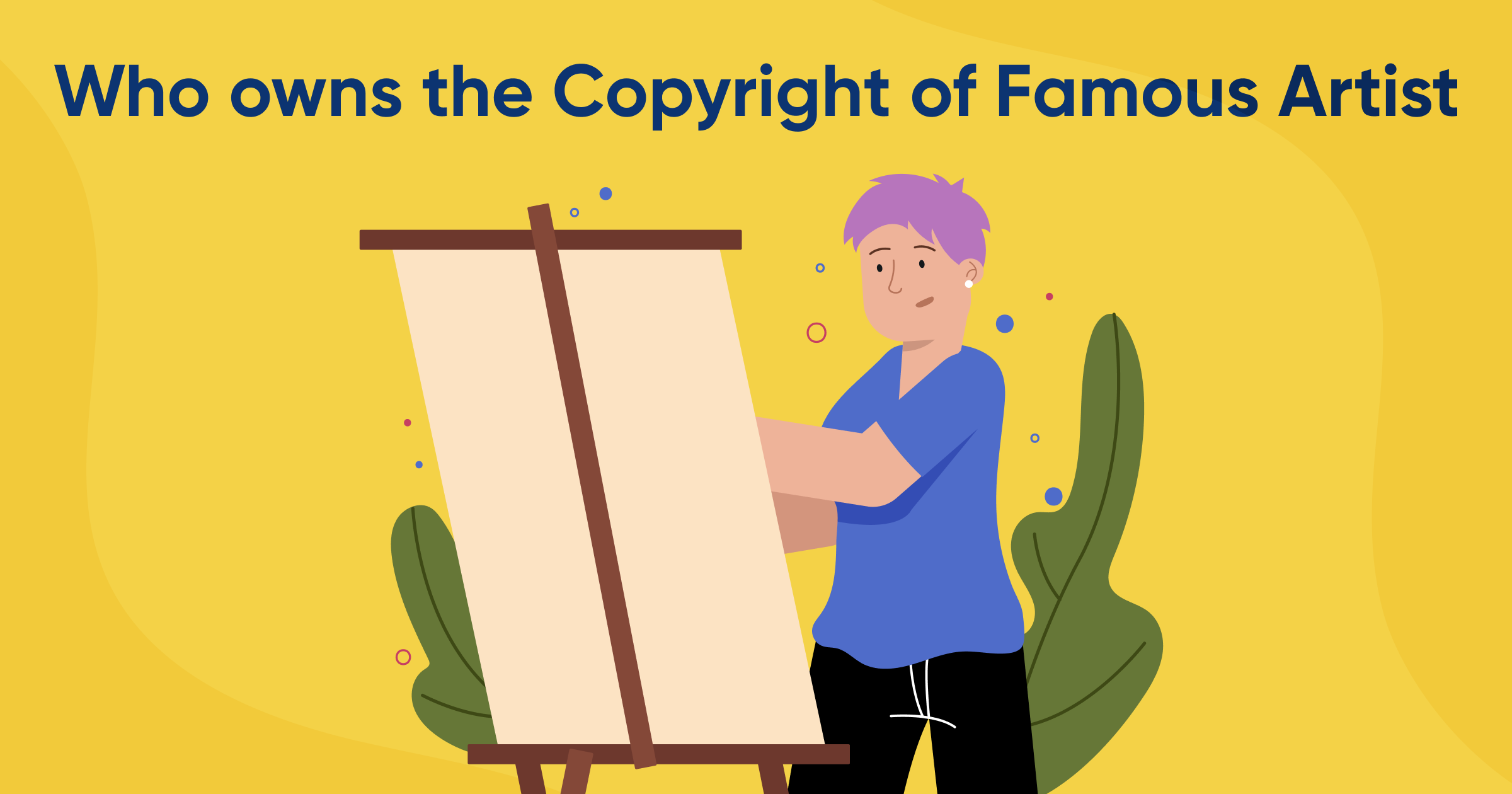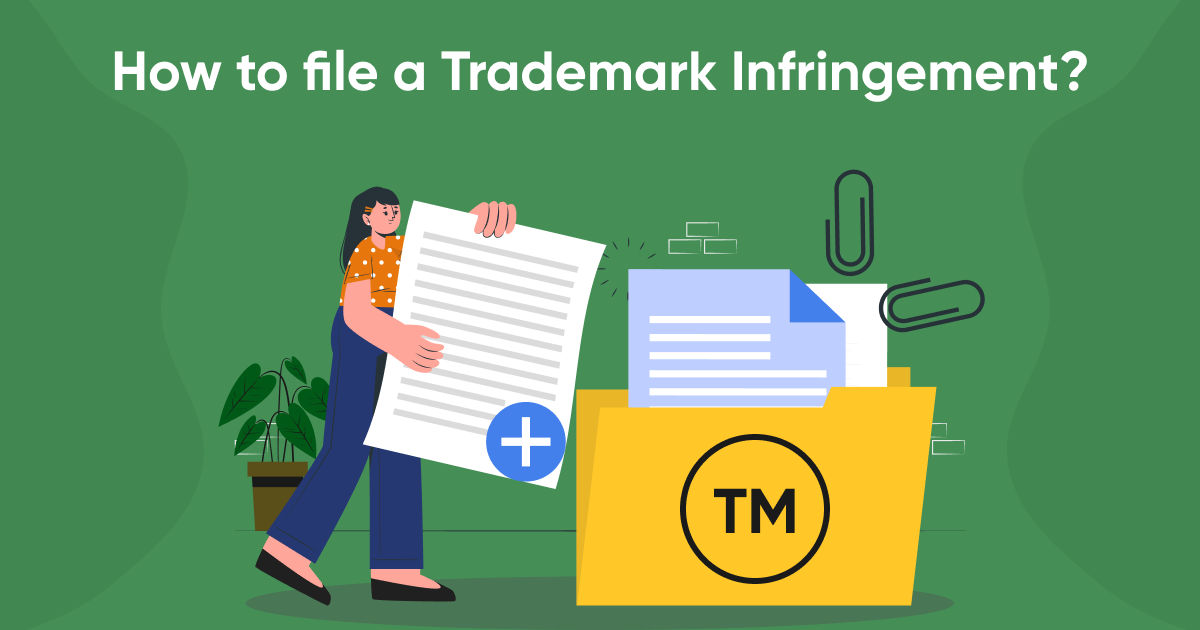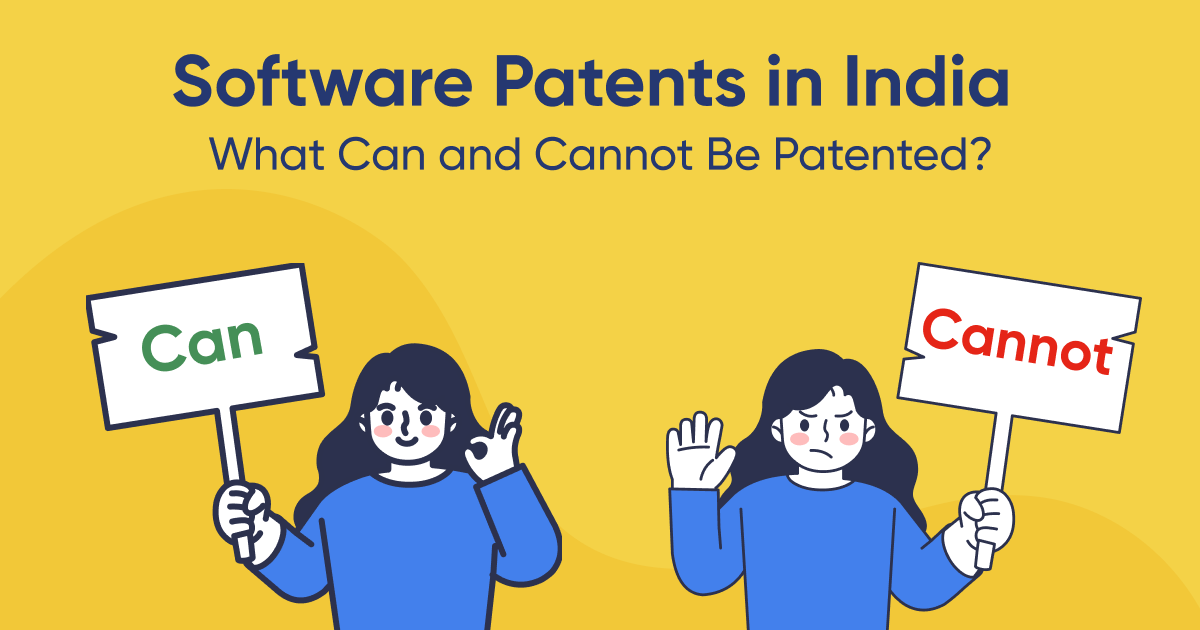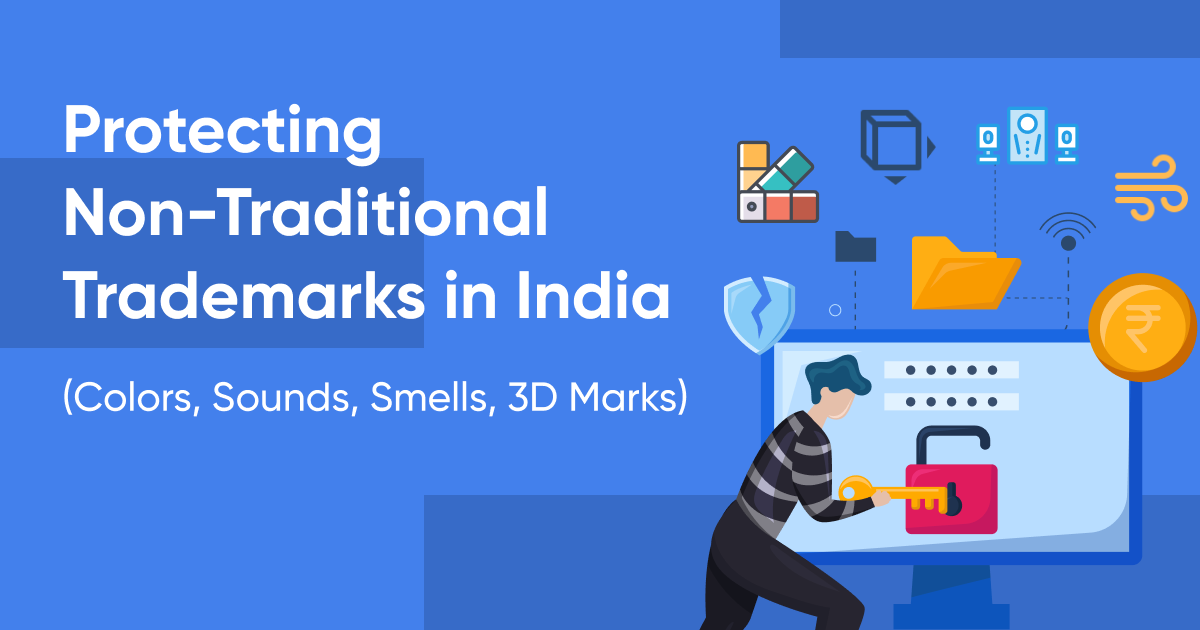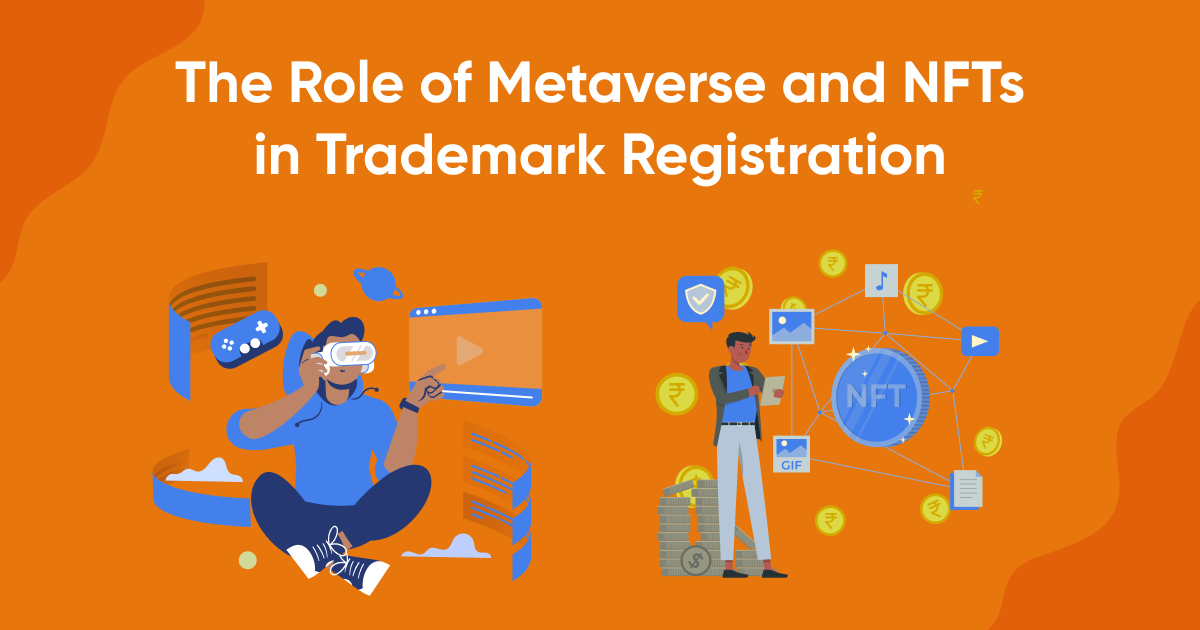Copyright ownership is a critical aspect of intellectual property, ensuring creators retain control over their works and benefit from them financially. When it comes to famous artists, understanding who owns the copyright can be complex. This depends on various factors like whether the artist is alive, has assigned their rights, or the duration since their work was created. Let’s delve into the nuances of copyright ownership for famous artists with a focus on the Indian perspective.
Understanding Copyright Ownership
Copyright is a legal right that protects original works of authorship, including music, paintings, films, literary works, and more. The ownership of copyright generally resides with the creator of the work. However, there are exceptions and conditions that can alter ownership, such as:
- Works for Hire: If the artist created the work under an employment agreement, the employer may own the copyright.
- Assignment of Rights: An artist can transfer their copyright to another person or organization through a legal agreement.
- Posthumous Works: The copyright of deceased artists is typically managed by their heirs or an estate.
Copyright Ownership in India
Under Indian copyright law, the creator is the first owner of the copyright unless the work falls under specific exceptions. Key aspects include:
- Individual Creators:
- In most cases, the artist retains copyright over their creations for their lifetime and 60 years after their death.
- Corporate Ownership:
- If the work was commissioned or created under employment, the employer or the commissioning party may hold the copyright.
- Joint Ownership:
- When multiple artists collaborate, the copyright is jointly owned unless otherwise specified by an agreement.
Famous Artists and Copyright Ownership
The ownership of copyrights for famous artists can vary widely based on their circumstances and agreements. Here are some scenarios:
1. Independent Artists
Famous independent artists typically retain copyright over their works unless they sell or license their rights. For instance, painters and sculptors often control the copyright for their creations, enabling them to reproduce or license their art.
2. Musicians and Songwriters
The copyright of a song may be split between multiple parties, such as the lyricist, composer, and performer. In India, organizations like the Indian Performing Right Society (IPRS) play a role in managing royalties for musicians and ensuring fair distribution.
3. Artists Who Assign Rights
Famous artists often enter into agreements with galleries, publishers, or production houses, assigning partial or complete copyright to these entities. For example, a filmmaker might transfer rights to a production company, or a painter might allow a gallery to reproduce their work.
4. Posthumous Copyrights
For deceased artists, copyright ownership is passed on to their legal heirs or an estate. These entities manage the artist’s works, licensing, and royalties. High-profile examples include the estates of renowned painters or musicians that continue to generate revenue from their works.
Case Studies of Famous Copyright Owners
1. Raja Ravi Varma
The works of Raja Ravi Varma, one of India’s most celebrated painters, are largely in the public domain due to the expiration of copyright. However, certain reproductions and adaptations may still require permissions if rights are assigned to specific organizations.
2. Lata Mangeshkar
The late Lata Mangeshkar’s recordings involve copyright complexities. The music labels that produced her songs often own the master recordings, while lyricists and composers hold other rights.
3. R.K. Narayan
The copyright of R.K. Narayan’s literary works is managed by his estate. Any adaptation or reproduction requires explicit permission from the rights holders.
Key Challenges in Copyright Ownership
- Mismanagement of Rights:
- Famous artists’ works often face disputes over ownership due to unclear agreements or lack of documentation.
- Piracy and Unauthorized Use:
- The rise of digital platforms has made it easier for copyrighted works to be illegally reproduced and distributed.
- Ambiguities in Joint Works:
- Determining copyright ownership in collaborative works can be complex, especially when multiple parties contribute to a single creation.
Protecting and Managing Copyright
Famous artists can take several steps to protect their copyright:
- Registering Copyright:
- Registering a work with the copyright office strengthens the creator’s legal position in case of disputes.
- Drafting Clear Agreements:
- Contracts should clearly outline ownership, usage rights, and revenue-sharing arrangements.
- Monitoring Use:
- Artists or their representatives should actively monitor the use of their works to prevent unauthorized exploitation.
- Leveraging Platforms Like Trademarkia:
- Services like Trademarkia can assist in copyright registration and enforcement, helping artists safeguard their creations effectively.
Future of Copyright Ownership
With evolving technologies like AI-generated content and NFTs, the landscape of copyright ownership is becoming more complex. For instance:
- AI Creations:
- Determining ownership for works created using artificial intelligence is a growing challenge.
- Digital Art and NFTs:
- The rise of non-fungible tokens (NFTs) has added a new dimension to copyright management, enabling artists to sell digital rights while retaining ownership.
Conclusion
The question of who owns the copyright of famous artists depends on several factors, including the nature of the work, agreements, and legal frameworks. For Indian artists, understanding copyright laws and taking proactive steps to protect their rights is essential.
Ensure your creations are protected and your rights upheld. Reach out today to secure your artistic legacy!
